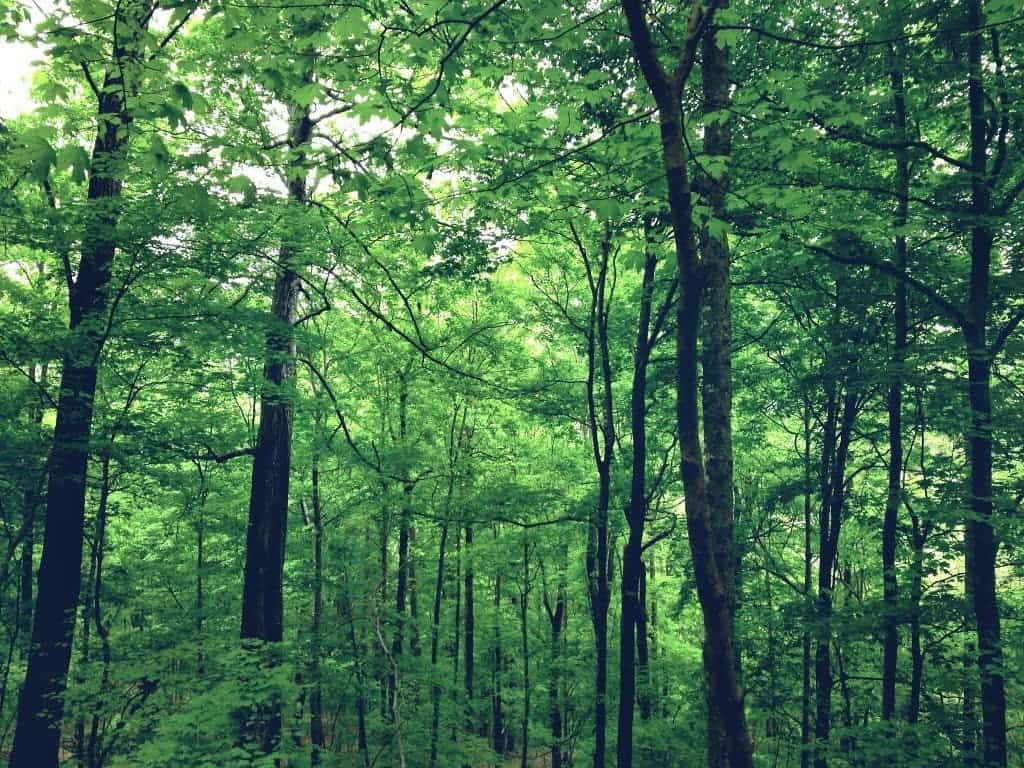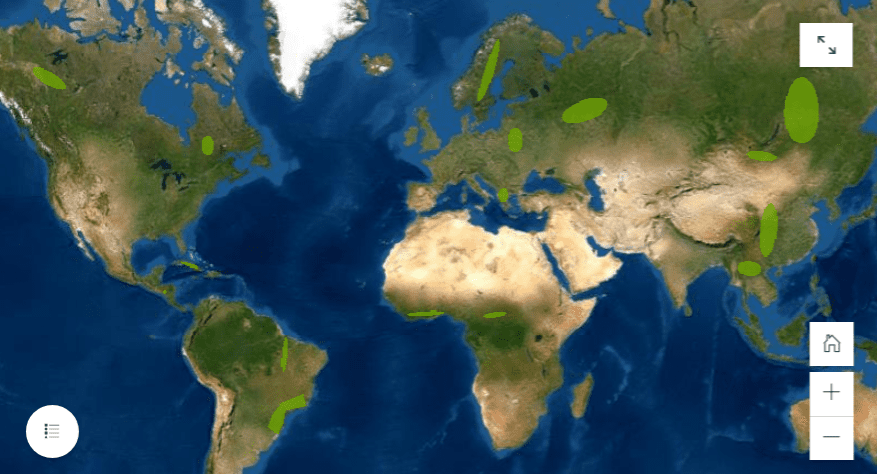With millions of hectares of forest disappearing every year, conservationists are putting a larger emphasis on forest regeneration – an approach through which natural forests are allowed or encouraged to recover under their own steam.
The efforts seem to be paying off. Almost 59 million hectares of forests have already grown back worldwide since 2000, according to a new study — an area larger than the surface of Spain. The regrown forest area is estimated to store almost 5.9 billion tons of carbon dioxide (CO2), which is good news amid the global climate crisis.

The study is part of a two-year research project from a team lead by WWF researchers which analyzed more than 30 years of satellite imaging data and survey local experts at more than 100 forest regeneration sites in 29 countries. The results can be seen in an interactive map created by the researchers.
“It would take decades or even centuries for a regenerated ‘secondary forest’ to become as rich in carbon and wildlife as an existing, old-growth forest, and some ecosystems can never recover from deforestation. Nevertheless, restoring and expanding forests are central parts of the global challenge to absorb carbon, stabilize the climate and restore wildlife,” the researchers wrote.
Forest regeneration means letting nature take the lead and allowing the forest heal naturally, instead of mass plantations. Some areas need nothing more than to be left alone to begin regenerating, while others need active encouragement to grow back, depending on the condition of the soil and the local land use. It’s a different approach to forest restoration or reforestation, which have been questioned.
One of the simplest ways to remove carbon dioxide from the air is to plant trees. But scientists say the right trees must be planted in the right place if they are to be effective at reducing carbon emissions. That’s why the researchers are instead encouraging regeneration, which can secure even more carbon storage and biodiversity.
“We’ve known for a long time that natural forest regeneration is often cheaper, richer in carbon, and better for biodiversity than actively planted forests,” William Baldwin-Cantello, director of nature-based solutions at WWF, said in a statement. “This research tells us where and why regeneration is happening, and how we can recreate those conditions elsewhere.”
Regeneration efforts
A quick look at the regeneration map shows that, while deforestation hotspots are concentrated in the tropics, most regeneration has taken place in the northern hemisphere. As countries grow richer, they move towards manufacturing and service industries, freeing up land for regeneration, the researchers explained.

But not all is well. A closer look shows that some of the regeneration hotpots also sit alongside areas known for the high deforestation rates in Southeast Asia, sub-Saharan Africa, and Brazil. This isn’t necessarily surprising, as some of the land cleared for timber or agriculture is usually abandoned shortly after – allowing areas to regenerate naturally. Examples of this include the Atlantic Forest, along the coast of South America, a forest area that once occupied more than a million squared kilometers but now only 15% remains. The mapping study showed an estimated 4.2 million hectares have regenerated in Brazil since 2000, much of it focused around the Atlantic Forest biome.
At the same time, in Mongolia’s boreal forests, conservation efforts have helped to regenerate 1.2 million hectares of forest, the study showed. There has been an increased emphasis from the Mongolian government on protected areas, preventing fires and illegal activities such as logging and mining, in line with natural regeneration.
Despite these encouraging signs, the researchers warned that deforestation levels are still very high around the world. The rate at which the world’s forests are being destroyed increased sharply last year, with at least 42,000 sq km of tree cover lost in key tropical regions, a study by Global Forest Watch showed earlier this year.
Two-thirds of global forest cover loss is occurring in the tropic and subtropic regions of the world, where vast clusters of deforestation hot spots are destroying the important ecosystem services forests provide. There are 24 of these hot spots that are spread across Latin America, sub-Saharan Africa, Southeast Asia, and Oceania, the WWF showed.


